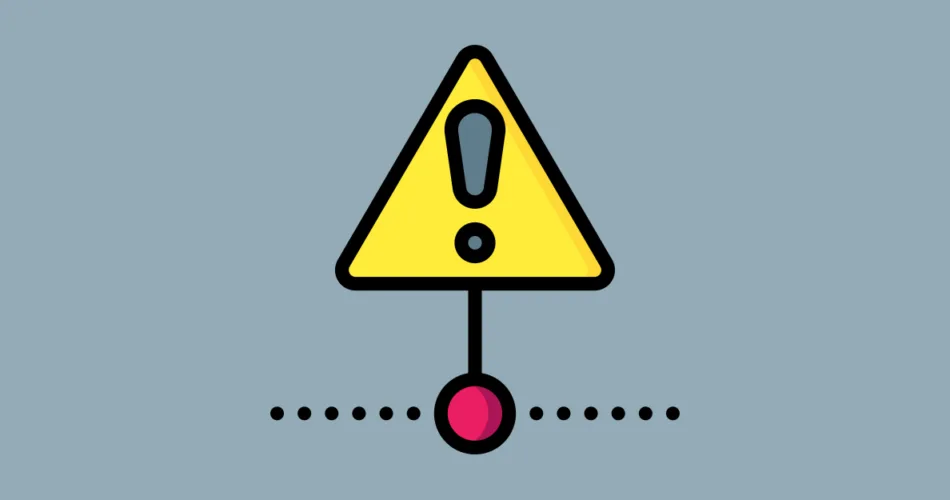Exception handling is a vital part of writing reliable Java programs. While Java provides a range of built-in exceptions, there are situations where you might need to create your own custom exception classes. In this article, we’ll delve into the world of custom exception classes in Java, why and when to use them, and how to create and use them effectively.
Why Use Custom Exception Classes?
Java’s built-in exceptions cover a wide range of common scenarios. However, in larger projects or specialized domains, custom exception classes can provide more context-specific error handling. By creating custom exception classes, you can improve the clarity and maintainability of your code while providing meaningful error messages to help diagnose issues.
Creating a Custom Exception Class
Creating a custom exception class involves defining a new class that extends an existing exception class, usually Exception or one of its subclasses. Let’s look at an example:
public class CustomException extends Exception {
public CustomException(String message) {
super(message);
}
}
In this example, we’ve defined a custom exception class named CustomException that extends the Exception class. We’ve also added a constructor that takes a message to provide more information about the exception.
Throwing Custom Exceptions
You can throw your custom exception in your code whenever the specific situation that triggers it arises. Here’s an example:
public class Example {
public void performOperation(int value) throws CustomException {
if (value < 0) {
throw new CustomException("Value cannot be negative");
}
// Perform the operation
}
}
In this code snippet, the performOperation method checks if the provided value is negative and throws a CustomException if it is. This gives you a way to handle specific error cases in your application.
Catching Custom Exceptions
To catch a custom exception, you use a try-catch block just like with built-in exceptions. Here’s an example:
public class ExampleRunner {
public static void main(String[] args) {
Example example = new Example();
try {
example.performOperation(-5);
} catch (CustomException e) {
System.out.println("Caught exception: " + e.getMessage());
}
}
}
In this example, we call the performOperation method with a negative value, causing a CustomException to be thrown. The catch block catches the exception and displays the message.
Best Practices for Custom Exceptions
When creating custom exceptions, keep these best practices in mind:
- Extend appropriate exception classes (e.g.,
Exception,RuntimeException, or their subclasses) based on whether your exception is checked or unchecked. - Provide meaningful names for your custom exceptions that describe the error scenario.
- Include constructors to set messages and other relevant information.
- Don’t create overly specific custom exceptions for every situation; instead, group related exceptions under a common hierarchy.
Conclusion
Custom exception classes are a powerful tool for creating more precise and maintainable exception handling in your Java applications. By creating exceptions that align with the specific needs of your application or domain, you can improve error reporting and make your code more readable and understandable.
Subscribe to our email newsletter to get the latest posts delivered right to your email.


Comments